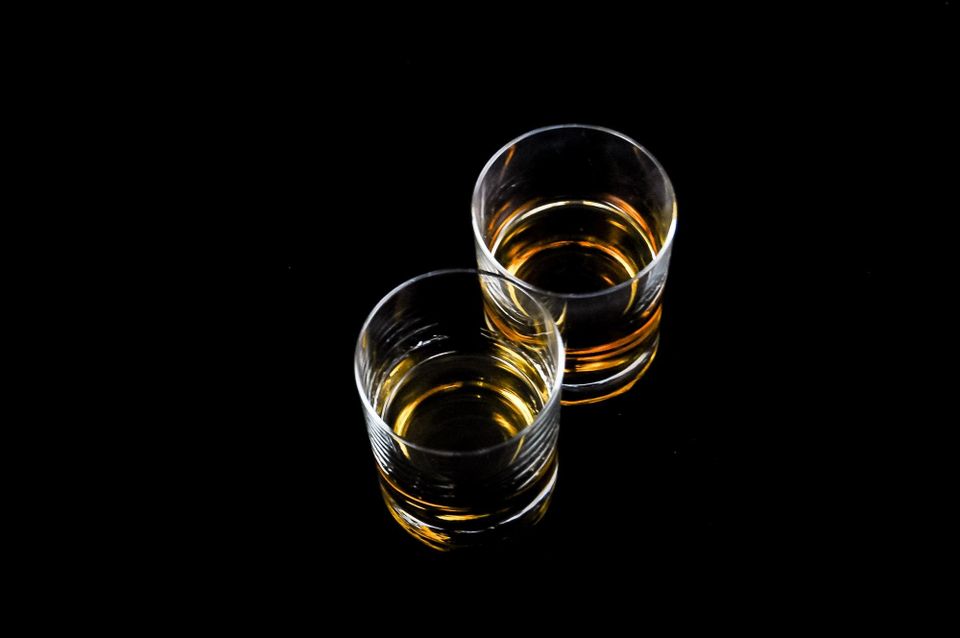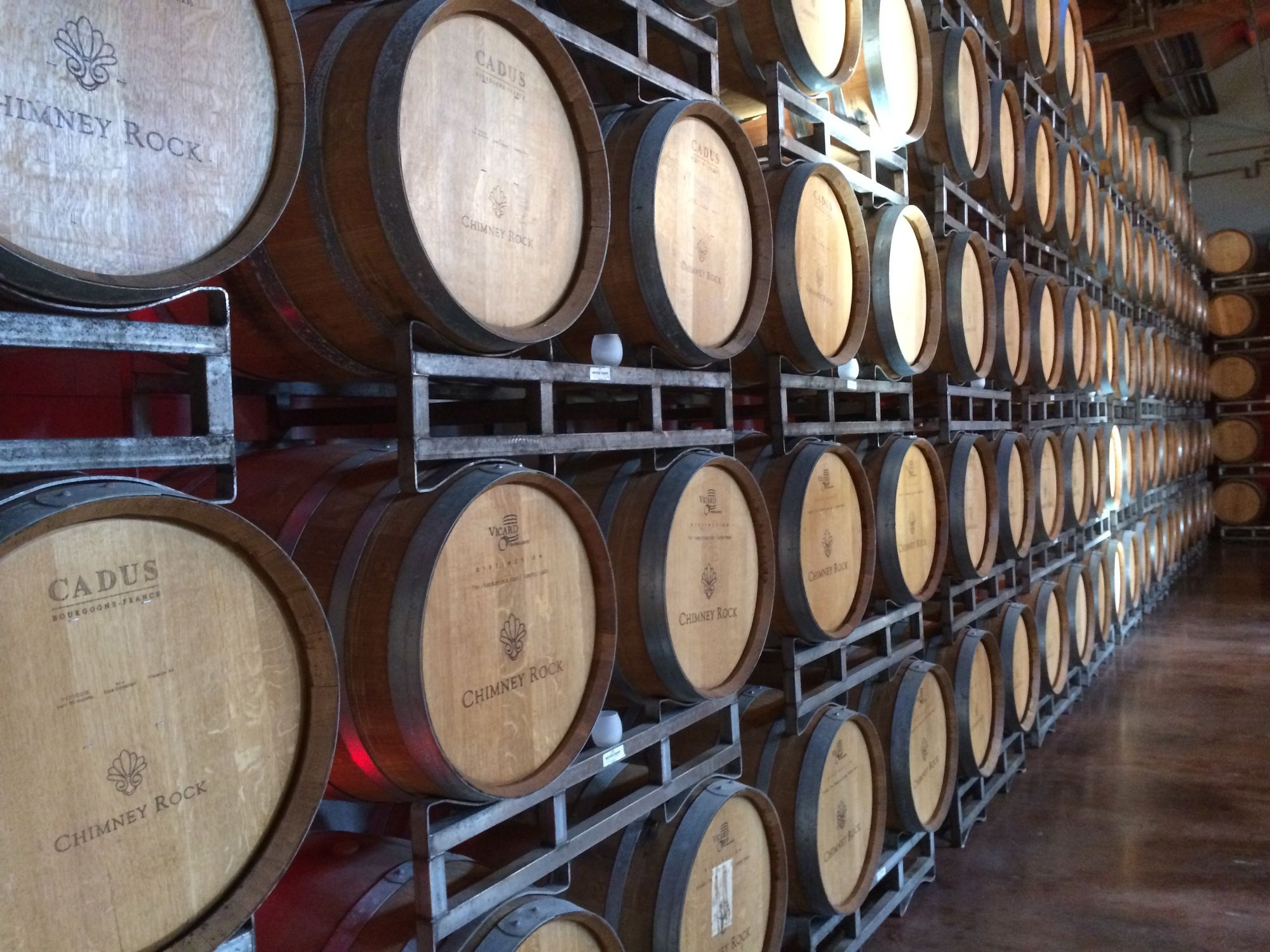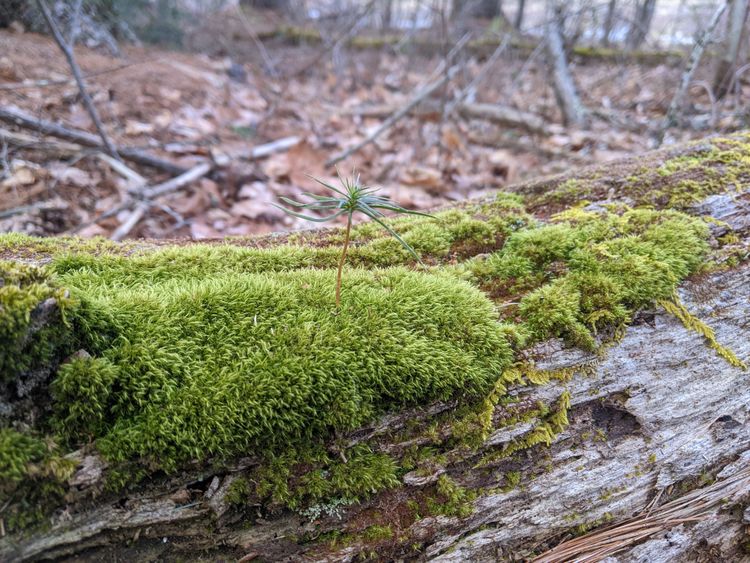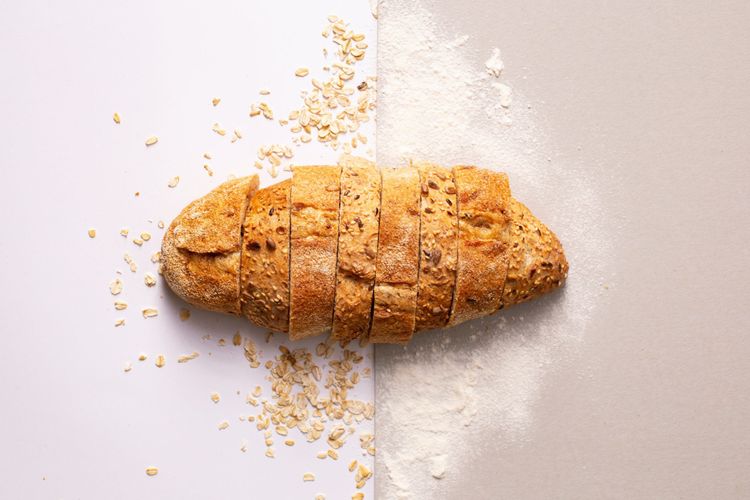Whisk(e)y Styles

Few things irk me more than the plethora of headlines hitting my Google News feed which read something like “Understanding the Differences Between Bourbon and Whiskey.” Wonderful, and next you can tell me the differences between squares and rectangles! Sure, most are probably just clickbait and don’t actually misunderstand that bourbon is a type of whiskey, but they annoy me all the same. Their sheer abundance is indicative of a problem which faces many creative arts but is especially prevalent in whiskey: an obsession with styles leading to restrictive, in-the-box thinking. Instead of taking a limited set of styles and breaking them down, let’s work bottom up to see what really differentiates and defines whiskey styles.
Quick Note: To e or not to e?
Whiskey and whisky are the same thing, just different spellings. As the old story goes, Ireland added the e to differentiate their whiskey from Scotch whisky. Whether or not this is true, the e spelling does seem to have originated in Ireland and then spread to North America. As an American myself, I will use that spelling going forward.
Mash Bill
The most important factor in the final product of whiskey creation is the mash bill, or the ingredients. All whiskey is made of distilled grain, but the types of grain used vary widely. Most commonly, some combination of
- Malted barley
- Corn
- Rye
- Wheat
is used. Malted barley—the most common mash bill component—tends to lend a bready, toasty, nutty flavor, but—in my opinion—it is also the most dynamic and malleable across different whiskeys. Corn explodes with a sweet, even candy flavor. Rye sharpens the edges with its characteristic baking spices. Wheat is soft and provides a gentle cereal sweetness.
Many whiskeys use only barley, but the other grains are more commonly mixed together than used on their own. While a whiskey’s mash bill is only one piece of what defines its style, we can say some things about a whiskey just by knowing its mash bill:
- 100% barley: malt whiskey
- >= 80% corn: corn whiskey
- >= 51% rye: rye whiskey
- >= 51% wheat: wheat whiskey
The first two are a little different because of their connection to the two most iconic whiskey styles: single malt Scotch and bourbon. Essentially, malt whiskey requires 100% barley to maintain malt Scotch’s traditional strictness, and corn whiskey requires >= 80% corn because bourbon dominates the real estate between 51% and 79%.

Barrel Type
The second factor in whiskey differentiation is the type of barrel in which it is aged. Whiskey is practically universally aged in oak barrels, so the type of barrel is not determined by its construction but by its previous inhabitant (or lack thereof). Whiskey can be aged in barrels which previously hosted a wide array of other drinks, but most commonly
- New charred oak
- Used bourbon
- Used sherry
barrels are used. New charred barrels impart flavors quickly into a whiskey—generally caramel, vanilla, brown sugar, and a slight edge of “barrel spice.” Used bourbon barrels function similarly to new charred barrels but impart their flavors more slowly and subtly. Sherry barrels transfer some qualities of their fortified wine to the whiskey—usually dark fruits and nuttiness.
Age
Age acts as the balance between the mash bill flavors and the barrel flavors. Younger whiskeys are defined strongly by their mash bill, while older whiskeys take on more barrel characteristics and generally mellow. This, however, varies by barrel type and location. New barrels and warm locations (like the US)—which allow for deeper penetration of the whiskey into its barrel—quickly impart powerful, punchy barrel characteristics, while used barrels and cooler locations (like Ireland and Scotland) more gradually impart subtle barrel flavors. Additionally, very old whiskeys (20+ years) can transform and rebalance in ways more complicated than simple “barrel vs mash flavor” math can account for, sometimes even taking on entirely new flavors.
Location
As discussed previously, a whiskey’s aging location’s greatest impact is on its barrel’s ability to quickly and powerfully age the whiskey. In addition, location can also lend the flavors of its very air to an aged whiskey. This is most prevalent in coastal Scotch whiskeys, which commonly have a salty note generally attributed to the salty ocean air to which they are exposed for years. Location can also be an indicator of stylistic tradition, to the extent that people may (wrongly) assume that all whiskeys from a certain location are of a certain style. Because of this traditional component, many styles must be distilled and aged in specific locations by law. Finally—on the real cutting edge of whiskey—the location in which the ingredients are grown is now taken into account by some distillers, especially Bruichladdich, in an attempt to create a terroir—or taste of the land—which is well-known in wine.
Common Styles
With what we’ve learned so far, we can define some of the most well-known whiskey styles and understand the contributions of each factor.
Substyles
So far, we’ve defined the basics—broad categories with some requirements which can be interpreted to define general flavor profiles. However, if you grab a bottle off of your local liquor store shelf, it will almost certainly say more than just “Scotch whisky.” There’s a good chance it will combine two of the styles above which aren’t mutually exclusive (such as “malt Scotch whisky”). Additionally, it probably mentions other descriptors which narrow it down to its subcategory. Let’s take a look at what those mean.
Single vs Blended vs Single Barrel
Perhaps the most common additional whiskey descriptors refer to the post-aging process. Once a barrel of whiskey is finished aging, how is it crafted into a final product? After years of aging, every barrel is a little different, so most bottles are a mixture of multiple barrels to achieve a consistent flavor. For a “single” whiskey, your bottle contains whiskey from many barrels from across the distillery. Single whiskeys are often seen as the premium whiskey experience and representation of a distillery’s craftsmanship. For a “blended” whiskey, your bottle contains whiskey from multiple different distilleries. That’s right, not all the whiskey you drink is distilled from the distillery on the label! In general, especially in Scotch, blends are viewed as slightly inferior, but blended whiskey can still exhibit exceptional quality. Finally, a “single barrel” whiskey—as the name suggests, is bottled from only one barrel. Single barrel whiskeys are sometimes prized for their unique experience and flavor, but they sacrifice consistency and can sometimes taste subpar.
Cask Strength
All whiskey must be bottled at >= 40% alcohol by volume, but it comes out of the barrel much stronger. Cask strength whiskey does not water down the barrel before bottling it, offering a more concentrated flavor and retaining more subtle flavors. Generally, these whiskeys will range from 60 to 65% alcohol by volume.

Peated
Peated whiskey dries its barley by smoking it with burning peat—flammable dirt made of partially decayed organic matter. The smoke and earthy flavors of the burning peat are present in peated whiskeys, creating some of the most recognizable, divergent, and beloved whiskeys on the market. The Scotch region of Islay is well-known for its long-standing tradition of producing heavily peated whiskeys, but they are made all over the world.
Straight and Bottled in Bond
American whiskeys can be granted the additional descriptors of “straight” or “bottled in bond.” The core requirement of a straight whiskey is that it has been aged at least 2 years. Bottled in bond whiskeys must be aged at least 4 years and must be “single” or “single barrel” (discussed above).
Styles on Styles
The truth is, there are way more details to defining a whiskey than I have covered here. Barrel size, number of distillations, type of filtration, ABV before and after aging, and more all factor into whiskey types. However, the line must be drawn somewhere, and—in my opinion—I’ve discussed all you need to know to understand a bottle of whiskey, make informed purchases, and hold your own in a conversation. Next time someone mentions their favorite “single malt cask strength peated Scotch” or “straight Kentucky bourbon,” you can deconstruct their language and find the meaning in every word. I hope this bottom-up approach to defining styles has been clearer than the restrictive top-down approach that so many articles use. If nothing else, it shows whiskey styles in a realistic way—not as predefined formulas but as collections of common stylistic choices that generations of distillers have replicated and tweaked. It shows that the common whiskey styles are only a very small subset of the total possible permutations of stylistic possibility. There is still a world of untapped whiskey experimentation out there!


